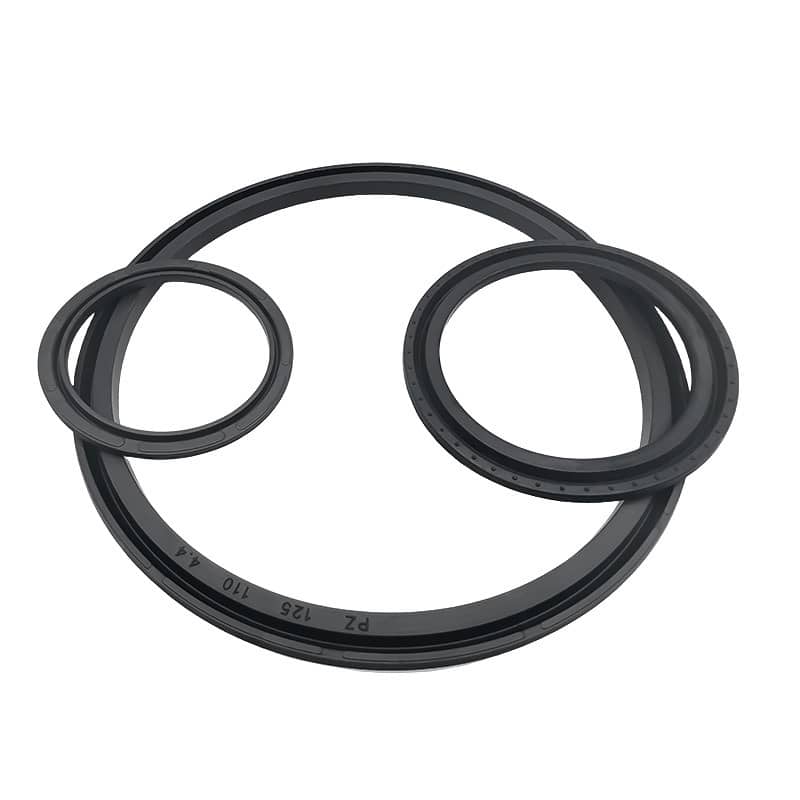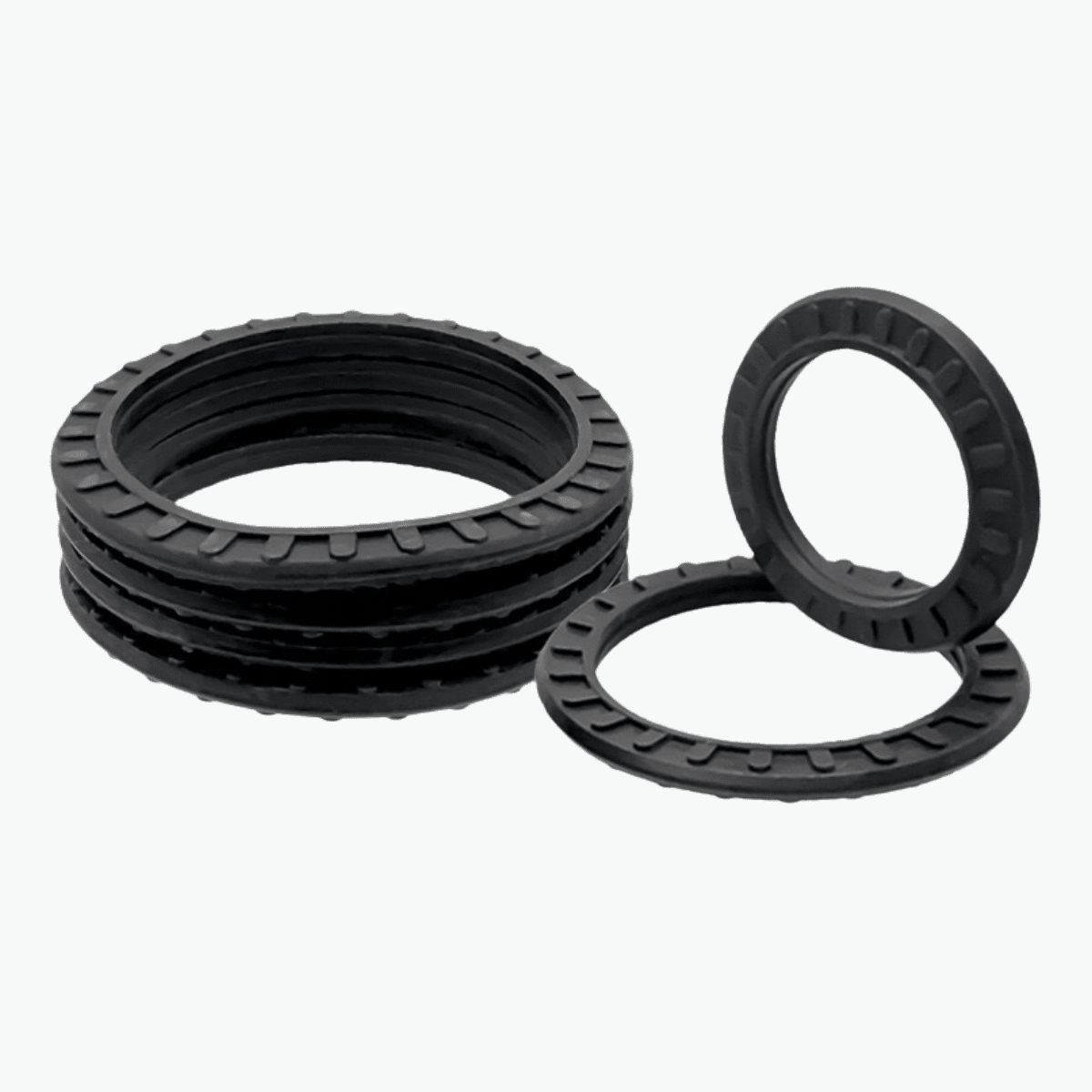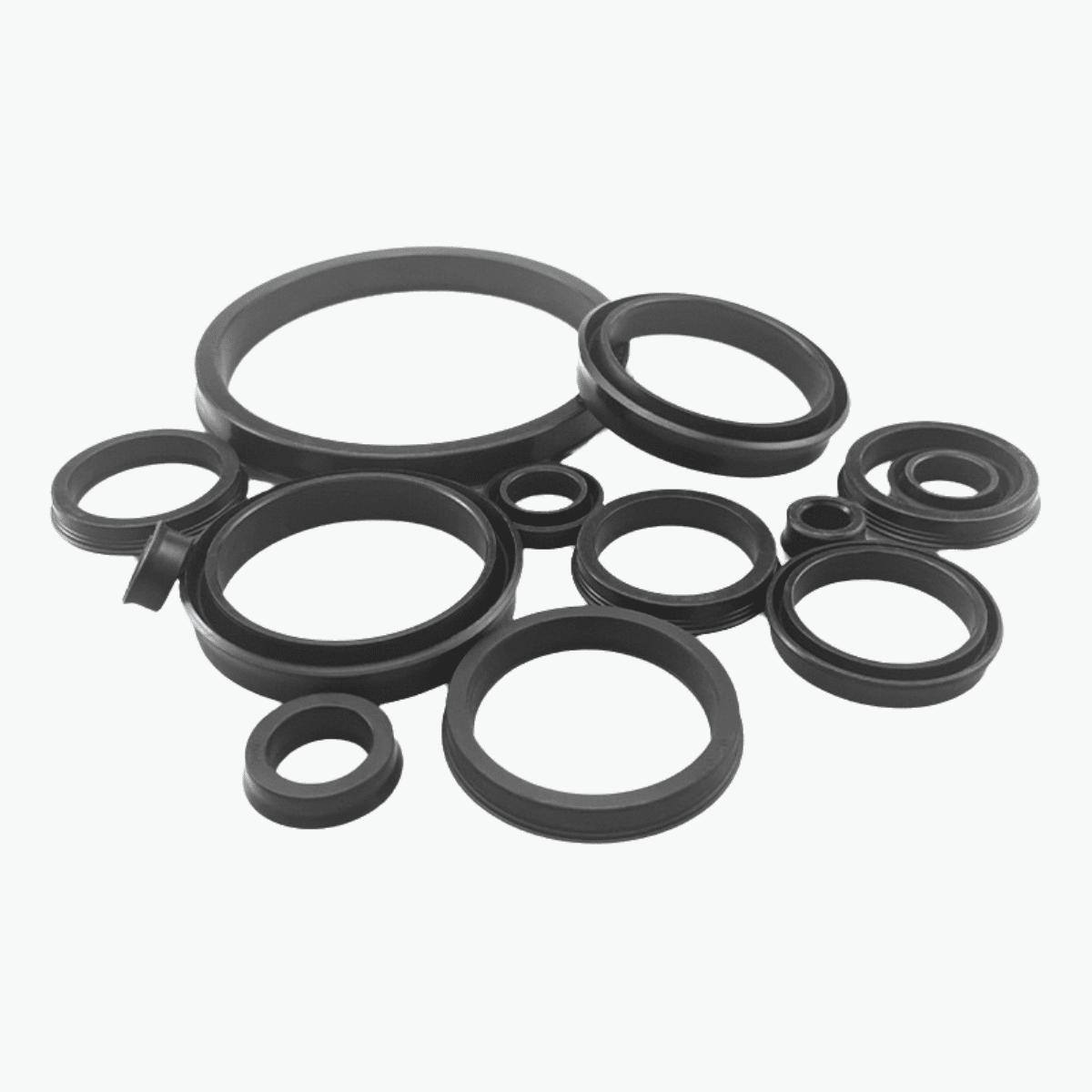Air leaks and pressure drops cost time and money—selecting the right vedações de cilindros pneumáticos prevents both.
To choose the best pneumatic seal in 2025, you need to consider application type, material, and seal performance.

In this guide, I’ll walk you through rod seals, piston seals, wiper seals, and buffer seals—plus tips from real-world use.
What Are Pneumatic Cylinder Seals & Why Do They Matter?
They stop air leaks and keep pneumatic systems efficient.
Pneumatic seals help convert air pressure into mechanical motion by sealing piston chambers and rod passages. Without the right seal, you’ll face air leakage, friction damage, and shortened system life.

There are 4 key types:
- Selos de haste – Prevent leakage where the rod exits the cylinder
- Selos de pistão – Keep chambers air-tight
- Selos de limpador de pó – Block external contaminants
- Selos de buffer – Absorb shocks and pressure surges
You can explore the full range in our Pneumatic Cylinder Seals Ultimate Overview.
What Are the Different Types of Pneumatic Cylinder Seals?
Each seal solves a different problem—know the differences before you buy.
Rod seals are located at the cylinder head to prevent air from escaping. Piston seals sit inside the bore to keep chambers isolated. Wiper seals handle dust, and buffer seals protect from shock.

For deeper insights, see our breakdown: Pneumatic Seal Types, Applications & Materials.
| Tipo de vedação | Melhor uso | Material recomendado |
|---|---|---|
| Selo de haste | Dynamic sealing | TPU, NBR, FKM |
| Selo do pistão | Airtight movement | TPU, PTFE |
| Selo de poeira | Contamination protection | TPU, fibra de carbono |
| Selo de buffer | Shock absorption | TPU |
You can also compare rod seals vs piston seals for better system compatibility.
How Do I Choose the Right Pneumatic Seal for My Application?
Match seal to your system pressure, speed, and temperature.
A general rule: TPU handles high wear, FKM tolerates heat/chemicals, and PTFE reduces friction in high-speed cylinders.

| Fator | Best Option |
|---|---|
| High pressure | TPU buffer seals |
| Exposição química | FKM rod seals |
| Fast actuation | PTFE piston seals |
| Outdoor/Dusty use | TPU wiper seals |
If you're unsure, check this guide on how to choose the right pneumatic seal.
What Causes Pneumatic Seal Failures & How to Fix Them?
Seal failure = performance loss + costly downtime.
Common issues include:
- Rod Seal Leakage – Often caused by wear or improper sizing
- Piston Seal Blow-By – Due to high friction or hardened seals
- Dust Contamination – When wipers degrade or are missing

Fix them with:
- Proper sizing and accurate seal measurement
- Upgrading to materiais de alto desempenho like FKM or PTFE
- Regularly replacing wipers and buffers
See our full troubleshooting list: Top 5 Seal Problems & Fixes.
Can Hydraulic Seals Be Used in Pneumatic Systems?
No—hydraulic seals are not optimized for air systems.
Pneumatic systems operate at lower pressure and higher speed. Using hydraulic seals (designed for oil and pressure) may cause:
- Excessive friction
- Poor air sealing
- Shorter seal life
Instead, opt for materials like NBR, TPU, or PTFE specifically for pneumatic cylinders.
Where Can You Buy Reliable Pneumatic Seals with Fast Delivery?
At Hengoseal, we supply:
- Complete seal kits or individual piston/rod/dust seals
- OEM or custom specs for all major cylinder models
- Top materials: TPU, PTFE, NBR, FKM
📩 邮箱:[email protected]
📞 WhatsApp:+86 17622979498
Related post
- How to Replace Cylinder Seals Correctly
- Types of Hydraulic Cylinder Seals
- How to Extend Seal Lifespan in Pneumatic Systems


